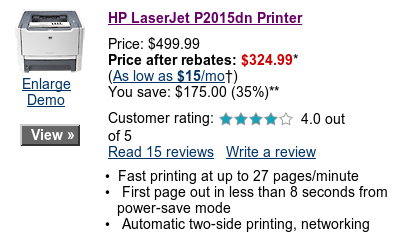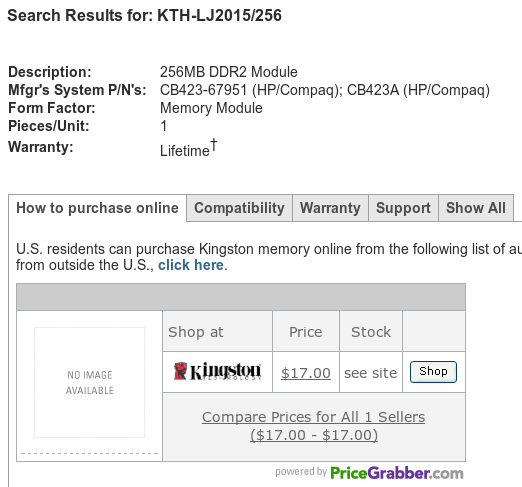« Reading List: To the End of the Solar System | Main | Scarecrow »
Friday, June 13, 2008
Vendor Death Penalty: Hewlett-Packard
As a larval nerd, there were two technology companies I held in the highest esteem: Tektronix and Hewlett-Packard. Tektronix seemed to have a bit more flair: they hailed from the curiously named Beaverton in Oregon, and you'd often find something funny in the complete schematics they shipped with their oscilloscopes, such as the drive circuit for the lower gun of a dual-beam scope being replicated by a bow-legged cowboy labeled “top gun”. But H-P had real class; they printed a hardcover product catalogue, and flipping through it you found not just oscilloscopes, signal generators, and the like, but exotica like rubidium atomic clocks. Not that you were going to buy one, to be sure, but wasn't it cool to know you could, given the budget, and that this company provided you the same specifications for the product they did to customers like the National Bureau of Standards who actually bought such gear? Perhaps it was a part of the H-P Way, a unique corporate culture created by founders Bill and Dave (here is a podcast interview with the author of the book). But there was always something special about H-P, and not surprising that a multitude of breakthrough products including the first scientific calculator, the first programmable calculator, and the first desktop laser printer emerged from their laboratories to define entirely new market categories. Well, that was then, and this is now. Companies mature and enter their dotage, founders pass on management to the next generation, and things change—and how. What was once a technology company whose products scintillated with quality and endured for decades has become an ink company, using the Digital Millennium Copyright Act to shut down those who attempt to enter the aftermarket for ink and toner for their printers, whose own cartridges are accused to be programmed to die on a schedule not linked to quality of results, but rather recurring revenue to the vendor. (Update: Reader S.L. points out that it was Lexmark, not H-P, who invoked the DMCA against toner cloners. My apologies to H-P for the error. [2008-06-13 20:39 UTC]) So, foolish me, knowing all of this but seizing on the easy and familiar solution, when my LaserJet 4 Si Mx printer (bought in 1993 from the original H-P, and built like a Russian tank) finally expired, I replaced it in May of 2004 with an H-P 2300n network printer. This printer was easily configured and worked just fine in both PostScript and PCL modes, but, being a product of the new H-P, died in April 2008, less than four years after its purchase, and without the original toner cartridge having been used up. It reported a normal status on the LCD panel, but simply stopped talking to the network. Printer, meet dumpster; dumpster, meet printer.Fool me once,Then, consumed by a need to print a few documents and not thinking things entirely through, I ordered another H-P network printer, this time a LaserJet P2015n. (This is actually the entry from the current H-P Web site for the P2015dn model, which includes both double sided printing and the network interface. The network-only model no longer appears to be available in the U.S., although it can still be ordered from resellers in Switzerland.)
shame on you.
Fool me twice,
shame on me.



Posted at June 13, 2008 01:53